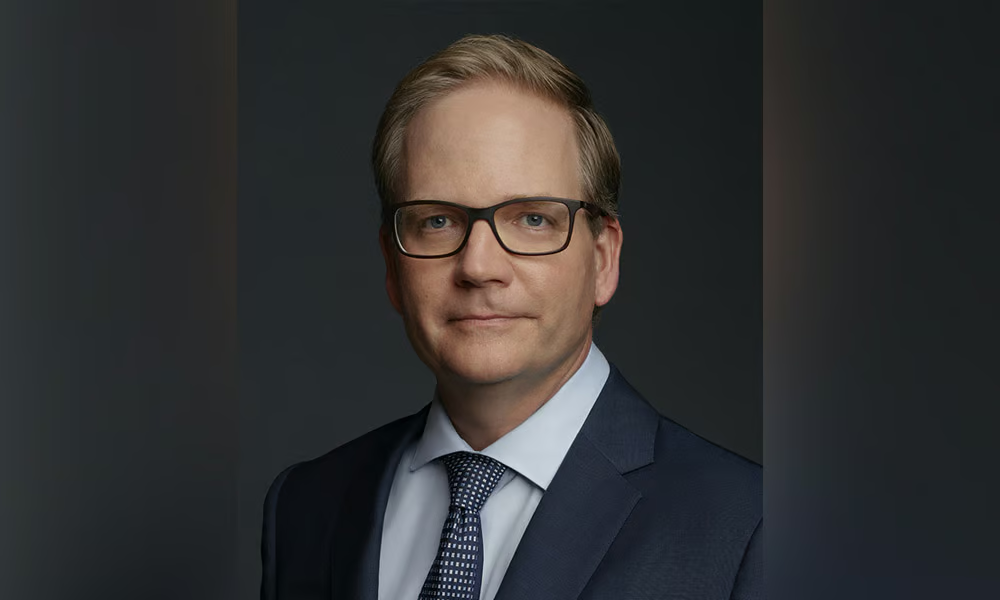Don’t despair – CRM2 may have heightened sensitivity around advisor fees, but the truth is you may deserve more than the standard 2.1% of assets under your care. Advisors are offering WP their top reasons why
The typical Canadian equity fund charges an MER of 2.1%. Many consider this excessive in today’s regulatory climate. They could be right.
However, top-notch advisors provide significant tangible value for the fees they charge; CRM2 will reveal this truth. Before detractors write off 2%-plus fees as an outdated business practice they might want to consider five reasons advisors might choose to defend them.
Reason # 1 – Good advice costs money
It isn’t cheap. As the old saying goes, “Pay peanuts, get monkeys.” After all you get what you pay for. Advisors shouldn’t apologize for providing advice at professional prices. Lawyers don’t.
In today’s financial planning environment where all aspects of a client’s financial life are brought together in one place where they’re analyzed with the big picture in mind, this level of “holistic” planning as many in the industry tout, requires a significant investment in terms of staffing, advisor education, overhead, and good old fashioned time.
Reason # 2 – Fees only become relevant in the absence of performance
It might be a cliché but when you’re delivering market-beating returns for your clients do they really care that they paid you more than 2% annually in fees? Of course not. A 7% annual return net of fees is a 7% return whether the return was 10% before fees (3% fee) or 9% return (2% fee).
This is a circular discussion that only becomes a problem where performance is sub-par or the advisor provides no discernible benefit to clients in the performance of their duties as advisor.
from Tuesday about the superannuation fees generated by four big banks in Australia.
“Most clients do not pay so much attention to fees as the media makes us think so,” says Victoria advisor Jim Zoellner , in the WP forum. “I have yet to see a survey where fees were the number 1 concern.
“Investors are willing to pay fees for professional and experienced advice. Returns and risk control remain supreme.”
Reason # 3 – Alternative investments justify higher fees
Portfolios today are about more than stocks, bonds and cash. Asset allocation has become a much bigger deal and a big reason for this are the additional asset classes advisors are using to deliver returns for their clients. It’s no longer as simple as buying a bunch of dividend-paying blue chip stocks.
Real estate, private equity, hedge funds, commodities, etc. These asset classes often cost more because they require specialized skills than those of your garden variety portfolio manager. You wouldn’t expect Clarence Darrow to come cheap, would you?
Reason # 4 – It’s the best way to ensure smaller clients get advice
The general consensus both here and in places like Australia and the UK is that robo advisors will fill the void post-CRM2 when it comes to providing advice to clients with smaller accounts. That’s yet to be determined but in the absence of this actually happening the smaller investor’s best hope for receiving advice is through the embedded commission business model, say the majority of traditional advisors.
Reason # 5 – Heck, you deserve it!
Although this is said tongue firmly in cheek, advisors are increasingly called upon to manage client expectations against a less-than-generous investment climate. In short, you’re working very hard for their clients and client testimonials back this up. It’s not an easy job and true wealth professionals deserve need to be fairly compensated.
However, top-notch advisors provide significant tangible value for the fees they charge; CRM2 will reveal this truth. Before detractors write off 2%-plus fees as an outdated business practice they might want to consider five reasons advisors might choose to defend them.
Reason # 1 – Good advice costs money
It isn’t cheap. As the old saying goes, “Pay peanuts, get monkeys.” After all you get what you pay for. Advisors shouldn’t apologize for providing advice at professional prices. Lawyers don’t.
In today’s financial planning environment where all aspects of a client’s financial life are brought together in one place where they’re analyzed with the big picture in mind, this level of “holistic” planning as many in the industry tout, requires a significant investment in terms of staffing, advisor education, overhead, and good old fashioned time.
Reason # 2 – Fees only become relevant in the absence of performance
It might be a cliché but when you’re delivering market-beating returns for your clients do they really care that they paid you more than 2% annually in fees? Of course not. A 7% annual return net of fees is a 7% return whether the return was 10% before fees (3% fee) or 9% return (2% fee).
This is a circular discussion that only becomes a problem where performance is sub-par or the advisor provides no discernible benefit to clients in the performance of their duties as advisor.
from Tuesday about the superannuation fees generated by four big banks in Australia.
“Most clients do not pay so much attention to fees as the media makes us think so,” says Victoria advisor Jim Zoellner , in the WP forum. “I have yet to see a survey where fees were the number 1 concern.
“Investors are willing to pay fees for professional and experienced advice. Returns and risk control remain supreme.”
Reason # 3 – Alternative investments justify higher fees
Portfolios today are about more than stocks, bonds and cash. Asset allocation has become a much bigger deal and a big reason for this are the additional asset classes advisors are using to deliver returns for their clients. It’s no longer as simple as buying a bunch of dividend-paying blue chip stocks.
Real estate, private equity, hedge funds, commodities, etc. These asset classes often cost more because they require specialized skills than those of your garden variety portfolio manager. You wouldn’t expect Clarence Darrow to come cheap, would you?
Reason # 4 – It’s the best way to ensure smaller clients get advice
The general consensus both here and in places like Australia and the UK is that robo advisors will fill the void post-CRM2 when it comes to providing advice to clients with smaller accounts. That’s yet to be determined but in the absence of this actually happening the smaller investor’s best hope for receiving advice is through the embedded commission business model, say the majority of traditional advisors.
Reason # 5 – Heck, you deserve it!
Although this is said tongue firmly in cheek, advisors are increasingly called upon to manage client expectations against a less-than-generous investment climate. In short, you’re working very hard for their clients and client testimonials back this up. It’s not an easy job and true wealth professionals deserve need to be fairly compensated.



